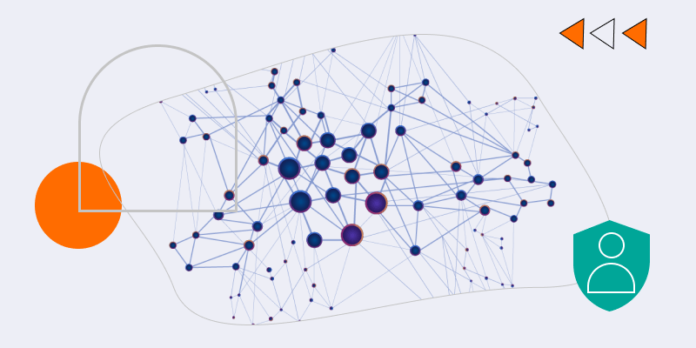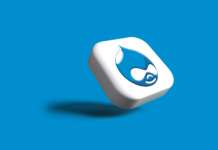If your organization is looking for ways to handle large volumes of data withoutaffecting the performance level, you have reached the right place.
A graph database like Neo4j can help you to handle large-scale business information efficiently. You can maintain a competitive edge in the market.
Ways to Use a Graph Database
So, what is graph database? It is a data management system that uses graph structure to represent and maintain information. The building blocks of graphs are vertices, edges, and their relationships.
A graph database uses a NoSQL mechanism to store and retrieve data. A NoSQL system is used in traditional data storage structures. Hence, inter-related information can be stored efficiently using graphs.
Reasons to Use a Graph Database
Graph databases are one of the trending forms of data analytics tools in the market. According to a Gartner report, it is predicted to grow to exceptional heights through 2022.
Here are a few reasons why you should use a graph database in your company.
A Simplified Data Model
A graph database uses simple and easy-to-understand graph models to store and represent complex data. A graphical storage structure makes adding, storing, modifying, retrieving, or deleting data easy with graph algorithms.
Graph databases have advanced indexing features for quick access to a minute level of information from a large database.
It is the best method to store interconnected data in a readily accessible and transparent manner.
Easy Querying Method
Graphs are the best choice for intensive data relationship handling. In a traditional database like a table, retrieving data from a deep set of databases is daunting.
A graph database system uses intrinsic querying capabilities to dig deep into the database. It can retrieve inter-related data quickly and efficiently.
It is the best choice for the healthcare and banking sectors, where a large amount of patient and customer data is accessed daily.
A Flexible Data Structure
As your company grows, business applications may change with market trends. You may add new product information to your database.
A graphical database offers a flexible mode of handling information. You can constantly add or delete an entity in a graph or interchange the nodes. You can do real-time updates in the system. Hence, the performance and functionality remain undisturbed.
The easily moldable data structure is a boon for multinational companies looking for newer expansions in the business world.
Easy Problem-Solving
A graph database management system has advanced problem-solving capabilities. Using specific keywords in queries, you can easily get the right information within the blink of an eye.
A targeted and semantic query algorithm doesn’t touch or alter unrelated information in the system. Hence, it is an excellent choice for retrieving real-time data from a wide, analytical set of databases.
Providing a faster solution to questions increases the performance of the employees in your organization.
Final Note
You can now understand what is a graph database and evaluate the advantages of using a native solution. The next step is to find the right database system for your organization. Using an agile and modern graph database system will help your business evolve along with changing needs of the market.








